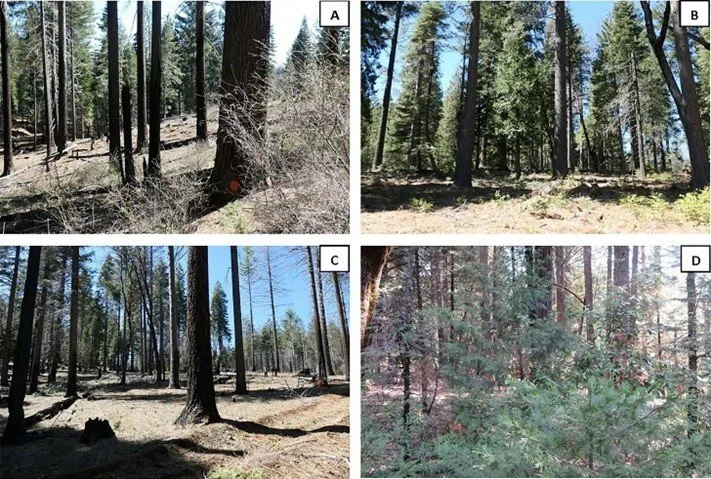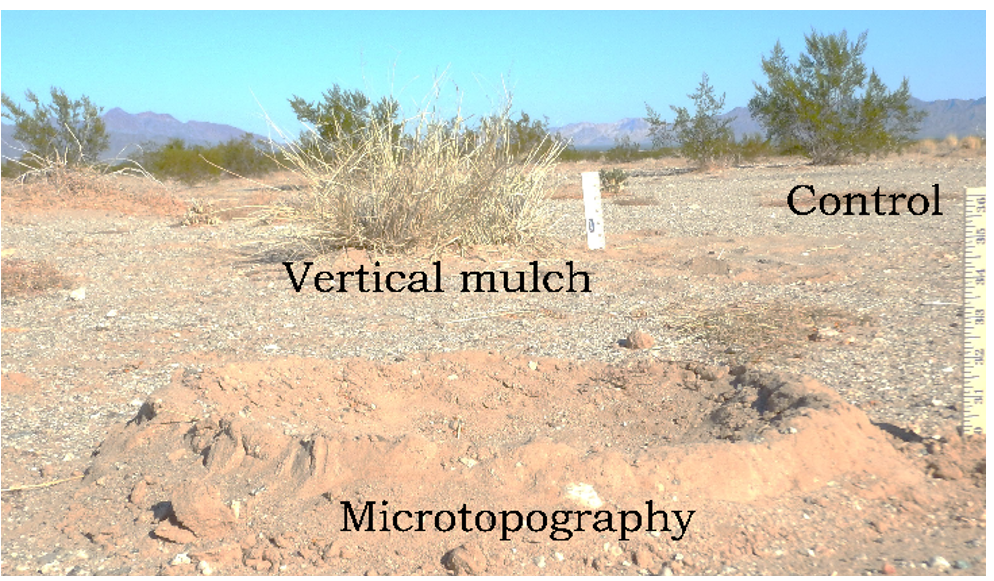Forest restoration and fuels reduction work: Different pathways for achieving success in the Sierra Nevada
/This paper examines a 20-year forest restoration study in the northern Sierra Nevada looking at changes in forest structure and composition, fuel accumulation, modeled fire behavior, intertree competition, and economics resulting from four treatment regimes: multiple applications of prescribed fire (Fire), multiple mechanical restoration thinnings (Mech), multiple mechanical restoration thinnings followed by prescribed fire (Mech + Fire), and untreated controls
View Full Article (open access)
Read More























